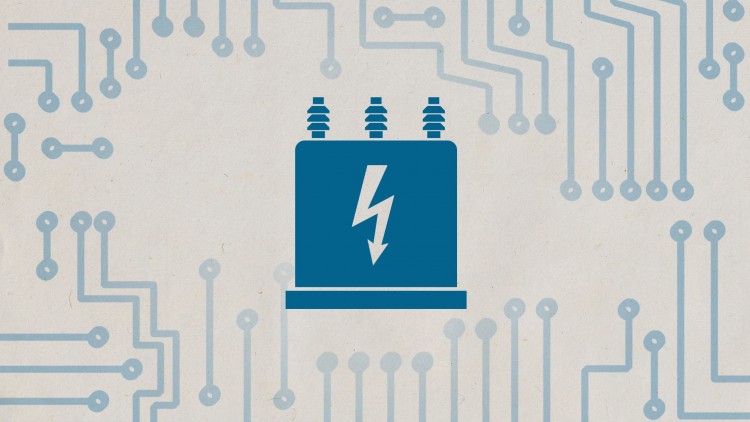Electronics S1W3: Learn to Calculate Watts, Volts and Amps
Learn Scientific Notation and how to use the Ohm's Law Wheel to solve basic electronics problems. (Semester 1, Week 3)
4.45 (108 reviews)

675
students
2.5 hours
content
Jul 2015
last update
$49.99
regular price
What you will learn
At the end of this course, students will be able to:
Properly use the Ohm's Law Triangle.
Understand the relationship between Watts and power.
Be able to use the Ohm's Law Wheel to solve electronics problems whenever two of the four circuit measurements are known.
Understand the difference between direct and inverse proportionality.
Be able to convert very large and very small numbers into Scientific Notation.
Correctly identify the number of significant digits in any number.
Related Topics
36754
udemy ID
1/18/2013
course created date
11/22/2019
course indexed date
Bot
course submited by